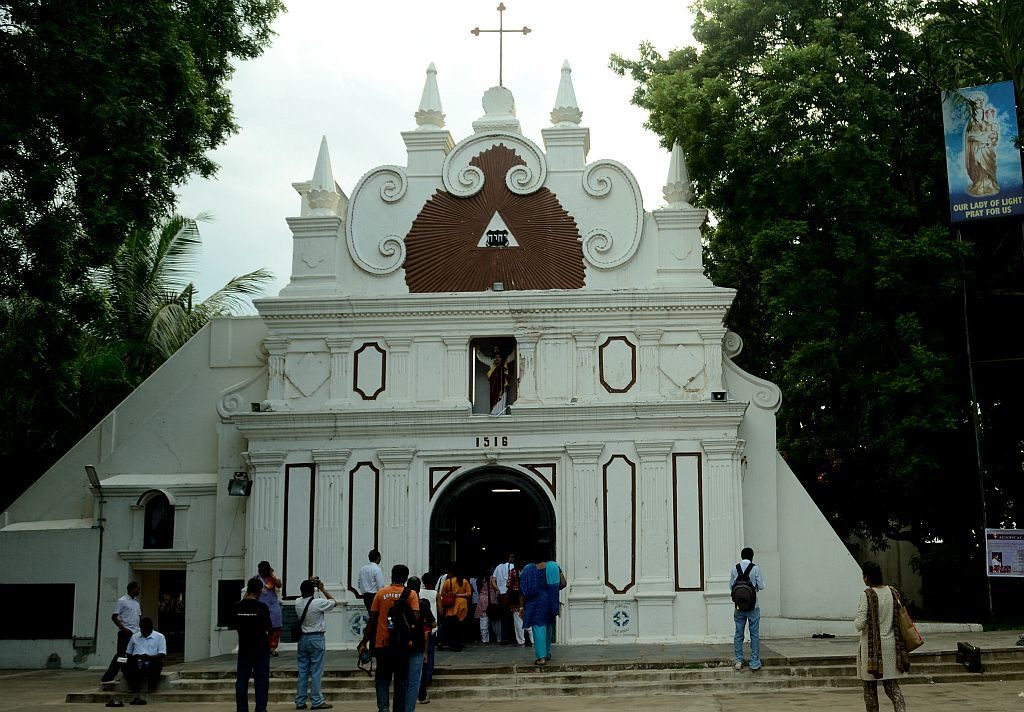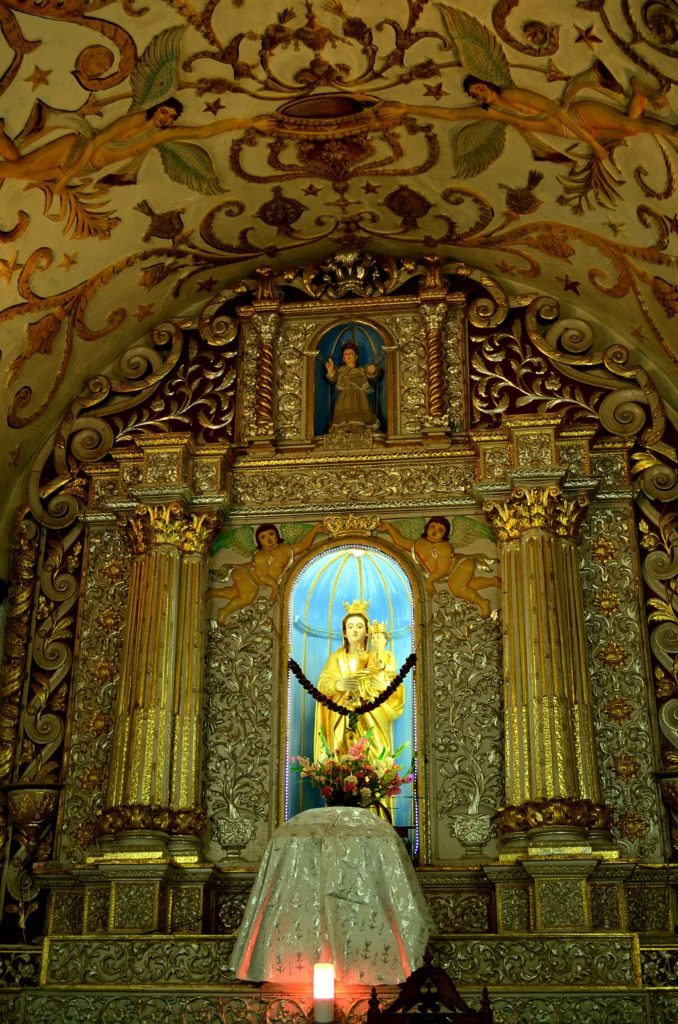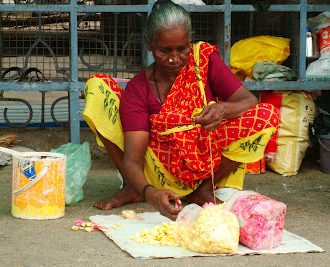Kaatu Kovil – Chennai’s oldest church
On a cloudy day in Chennai, when the sun was rather merciful, I was walking around the streets of Santhome with a group of journalists and heritage enthusiasts exploring the Portuguese legacy in the city and and its association with St Thomas, one of the twelve apostles of Jesus Christ and the man who is believed to have brought Christianity to India.
Our trail took us to the 16th century as we visited a few churches built by the Portuguese in Chennai, once known as Madras. While some were familiar landmarks, others were a sheer surprise. Doubting Thomas’ aura in the city was not just limited to the St Thomas Mount or the Santhome Church, which was believed to have been built over the saint’s tomb. There were churches where he had rested, a bleeding cross chiselled by him, and almost every shrine that we visited had a connection to him.
However, my attention was focused towards Luz Church Road, a street in Mylapore that had been named after a church built by the Portuguese in the 16th century. I might have driven up and down the road a dozen times shopping, catching up with friends over a cup of coffee and probably have glanced at the church a few times, but it never dawned on me that I was looking at one of the oldest churches built in Chennai.
Standing on the steps, I looked at the church that was once referred to as “kaatu kovil.” It was not so hard to imagine that this was once a forest with the sea roaring in the background. Even today, the shrine is a sanctuary, with trees and gardens around it. One gets a feeling it is located far, far away from the madding crowd, the clutter and the noise and, yet, it is built right in the heart of the city.
Legend says that eight Franciscan friars sailed to India from Lisbon in the early 16th century. While they initially stopped at Calicut and Cochin they sailed further south. On the way the sea turned rough but they were guided by a bright light, which led them towards the shores of Mylapore, where the old house of St Thomas was in ruins. The light then directed them towards a clearing in the forest where it finally disappeared. It is believed that this led the friars to build a small oratory on the spot. The church was referred to as Kaatu Koil or the temple in the forest by the locals but it is referred to as the Church of Lady of Light. The area is called “Luz” from its official name Nossa Senhora da Luz, Luz probably referring to light in Portuguese.
The church is dated 1516 and an inscription says, ‘Friar Pedro of the Observance of St Francis built this church of Our Lady of Light in 1516.’ However, historians say that the date may be wrong or it could have possibly existed as a smaller church. Although it was damaged during the wars in the 17th century, the church was restored several times. However, it stands testimony to distinct European style with arches and ornamentation – a combination of Gothic and Baroque styles with frescos on the ceilings.




Exquisite church Lakshmi! Must visit nxt time I go 2 Chennai! 🙂
& now it is Odisha Calling for U! Do participate in a simple quiz I’m hosting on my blog & win awesome Toshali Resorts stays in the enchanting seaside pilgrimage land of Puri & the lap of Buddhism at Ratnagiri! Link is here: #UtkalaDibasaQuiz : Win 2N-3D Stay at Puri, Ratnagiri & lots more!
Looking fwd 2 Ur entry! 🙂 All d best! Hurry- only 2 days remaining!
Thanks Amrita.. Sorry just saw your comment..will participate next time
Wow! Really interesting history…I didn’t know that about the apostle Thomas, that’s pretty epic…as well as the Portuguese and the friars from Lisbon. You write generously concise, with the most interesting details! I so appreciate this…this #RealChennaiExpress…ion 🙂
Thanks a lot Shawn..Chennai has a lot of history – pre colonial as well..you must visit here sometime
HI, nice post, all these days i thought The Armenian Church was the oldest in chennai. 1712.. but i guess this “kaatu kovil.” is much more older.
I never visit south india, but in my next trip I will surely plan for Chennai, and saw this church, really awesome 🙂
I visited this church in 2009 when I was working with Cognizant in Chennai…and I just couldn’t believe that I was inside a 500 year old church. I remember googling about it back then. 🙂
I just wish we spent time and energy not just maintaining but also making people aware of ‘beauties’ such as these.
Wow Great Information and amazing blog, I like reading your content, thanks Lakshmi
Do u have any old pictures of this church
No sorry